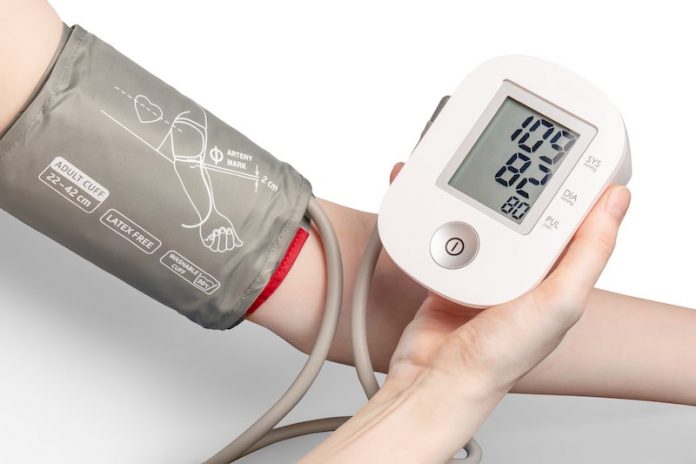
What’s the best way to measure blood pressure in surgical patients with obesity?
While oscillometry using blood-pressure cuffs is the standard, in patients with obesity, these may not fit well.
And oscillometry only provides intermittent information. Arterial catheters provide continuous monitoring but are invasive and can cause complications.
One alternative is using a non-invasive, continuous finger cuff method. But little is known about how these various methods compare in obese patients.
A new study published in the journal Anesthesiology has found that in patients undergoing bariatric surgery, there was better agreement between intraarterial measurement and the finger cuff than with standard cuffs for mean arterial pressure and diastolic blood pressure.
And with standard cuffs, forearm measurements were superior to those on the upper arm or lower leg.
Note: This is not professional advice, please seek out a professional if you need help.
This video is created for educational purposes and awareness around different topics. Video may or may not be able to go fully in-depth in such a limited time.
If you care about blood pressure, please read studies that common blood pressure drugs may give you this skin disease, and this strength training may safely reduce blood pressure.
Source: Research Square



